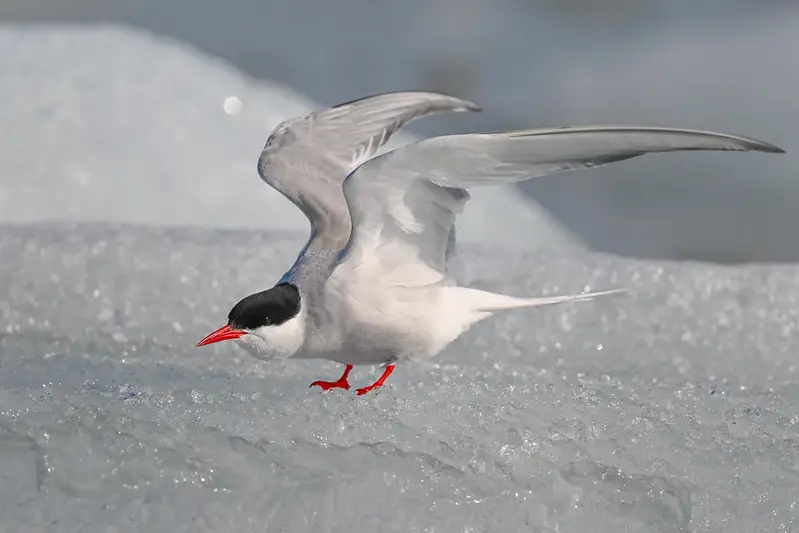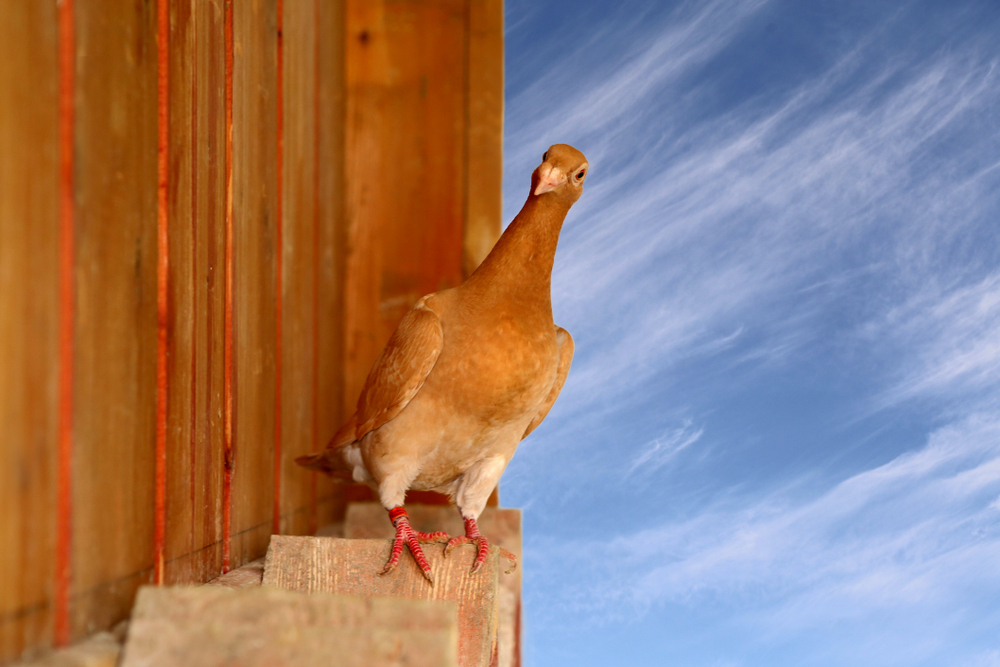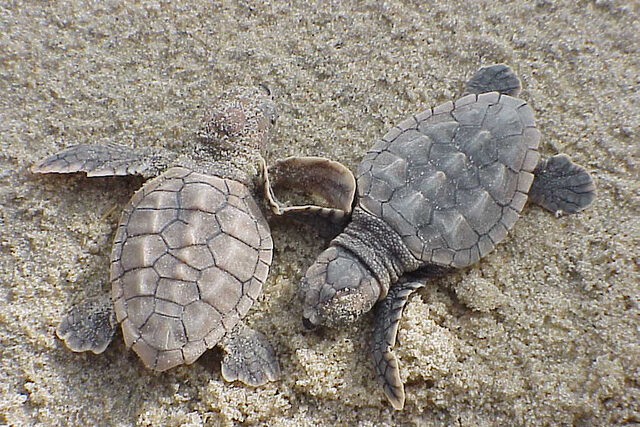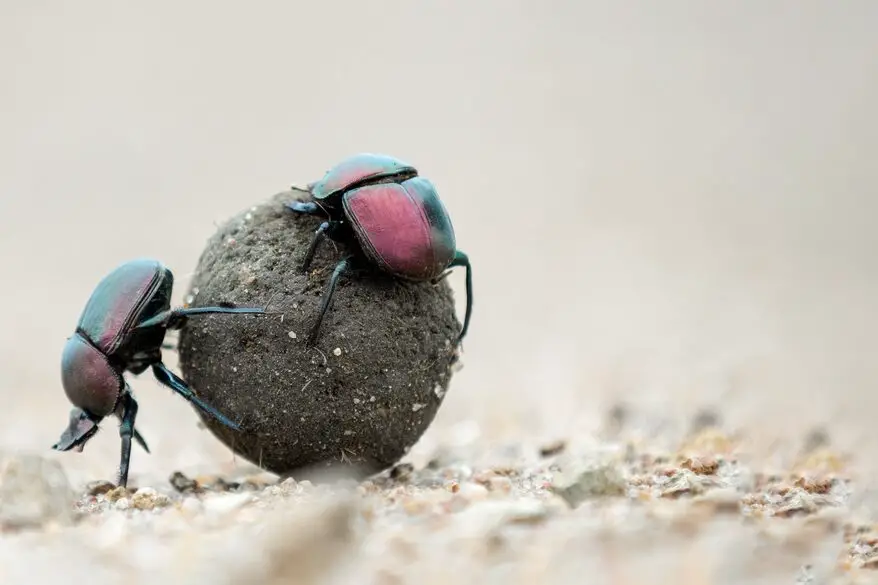The Arctic Tern

Imagine flying from the North Pole to the South Pole and back every single year—without a GPS, a map, or even a coffee break. That’s the life of the Arctic tern, a bird so committed to long-haul travel it puts human frequent flyers to shame. These tiny, determined travelers migrate up to 44,000 miles annually, zigzagging across the globe with pinpoint accuracy. Scientists believe they use the Earth’s magnetic field and even the position of the sun to find their way. But what’s even more fascinating is that young terns make this journey without ever having done it before, relying solely on instincts passed down through generations. Talk about nature’s built-in flight school.
The Arctic tern’s migration is not just long—it’s a record-breaker. It experiences two summers each year by strategically chasing the sun, making it one of the most efficient travelers on the planet. Despite its small size, this bird covers more distance in its lifetime than any other animal. If the frequent flyer program extended to birds, the Arctic tern would be swimming in unlimited first-class upgrades. Perhaps the most incredible part? They always know exactly where to go, proving that nature’s navigation system is light-years ahead of human technology.
The Monarch Butterfly

Monarch butterflies might look delicate, but don’t let their beauty fool you—these insects are hardcore navigators. Every fall, millions of them embark on a 3,000-mile journey from Canada to Mexico, despite having never made the trip before. How? With an internal clock and a built-in sun compass, they adjust their flight direction based on the time of day. Even more mind-blowing, no single butterfly completes the round trip; instead, it takes multiple generations to finish the migration, yet they still end up in the same place. It’s like your great-grandparents starting a road trip and your grandkids magically knowing the exact route to finish it.
Once they arrive in Mexico, monarchs cluster in oyamel fir trees, creating breathtaking orange-and-black blankets across the forest. Scientists believe they use a combination of Earth’s magnetic field and polarized light to stay on course. The journey is so precise that these butterflies return to the very trees their ancestors rested in. While humans debate over the best navigation apps, monarchs have been pulling off this natural GPS trick for millions of years. The next time you see a butterfly fluttering past, just remember—it might be on a mission more impressive than any road trip you’ll ever take.
The Homing Pigeon

Before GPS, before Google Maps, before even compasses, there was the homing pigeon. These birds have been used for centuries to deliver messages across vast distances, always finding their way back home. Scientists believe pigeons sense the Earth’s magnetic field and even use visual landmarks, low-frequency sounds, and the position of the sun. If you think pigeons are just city-dwelling scavengers, remember—one of their relatives probably helped win a war. Some pigeons were even awarded medals for their service. That’s right, a bird with a tiny brain has earned more military honors than most people.
Researchers have found iron-rich cells in their beaks, acting like built-in magnetic sensors that allow them to detect shifts in the Earth’s field. When combined with their incredible memory for landscapes, this makes them some of the best navigators in the animal kingdom. Even when blindfolded and transported hundreds of miles away, homing pigeons still manage to return home with eerie accuracy. It’s a skill humans can only dream of—especially those of us who still get lost in our own hometowns. If pigeons ever developed an app for navigation, they’d put Google out of business in a heartbeat.
The Desert Ant

The Sahara Desert is a vast, scorching wasteland with few landmarks, yet the desert ant never gets lost. Instead of relying on scent trails that would quickly disappear in the heat, it does something remarkable: it counts its own steps. That’s right—these ants have a built-in pedometer, measuring distance and direction so precisely that they always return to their nests without a hitch. Even crazier? If their legs are artificially lengthened or shortened in experiments, they miscalculate their return trip accordingly.
Scientists call this ability “path integration,” and it’s one of the most advanced navigation techniques in the animal kingdom. Even when taken far from their nest, desert ants calculate a direct path home instead of retracing their steps. This skill is essential in a landscape where survival depends on efficiency—one wrong turn could mean death by heat exposure. If you thought ants were just tiny picnic thieves, think again; some of them are math whizzes walking around on six legs. Maybe the next time you forget where you left your keys, you should ask a desert ant for help.
The Loggerhead Turtle

Picture this: You hatch from an egg, barely the size of a ping-pong ball, and immediately crawl toward the vast, unforgiving ocean—alone. That’s the reality for loggerhead turtles, who, from the moment they enter the world, embark on a journey that takes them thousands of miles across open seas. Despite never meeting their parents, they know exactly where to go, using the Earth’s magnetic field like an internal GPS. Scientists call this “geomagnetic imprinting,” a fancy way of saying these turtles are born with an ocean map in their brains.
What’s even more astonishing? After traveling across entire ocean basins, loggerheads return decades later to lay their eggs on the same beaches where they were born. No signs, no landmarks—just pure instinct. Even with currents shifting and coastlines changing, these turtles don’t get lost. If only humans had such a flawless sense of direction, road trips would be a lot less stressful. The next time you struggle with directions, just remember: a baby turtle figured out how to cross an ocean without a single wrong turn.
The Bar-Tailed Godwit

Imagine running a marathon, then another, then another—all without stopping for food, water, or rest. That’s basically what the bar-tailed godwit does, except instead of running, it flies 7,000 miles nonstop from Alaska to New Zealand. No pit stops, no snacks, just one continuous flight over open ocean. Their wings are built for endurance, allowing them to glide efficiently while conserving energy for the long haul. It’s such a jaw-dropping feat that scientists had to track them via satellite just to confirm it wasn’t a myth.
Even crazier? They fly with such precision that they land in the exact same spots year after year. Unlike other migratory birds that might take breaks along the way, godwits push through the entire trip in one go. Their secret lies in an ultra-efficient metabolism and a navigation system that makes our best pilots look clueless. If frequent flyer miles applied to birds, the godwit would be a platinum-tier member for life.
The African Dung Beetle

It’s not every day you hear about an insect that navigates using the stars, but the African dung beetle does exactly that. By rolling their precious dung balls in perfectly straight lines, these beetles avoid wasting energy and getting lost. The secret? They use the Milky Way as a celestial guide, making them the only known insects to rely on star navigation. What’s even wilder is that they can perform this trick even on moonless nights, proving they truly rely on the stars rather than just ambient light. It’s basically a GPS system powered by galaxy light—and it works astonishingly well for something so small.
This cosmic skill is essential for their survival. Without it, they’d wander aimlessly and risk having their dung stolen by rivals. And since dung is their food, home, and baby nursery all in one, losing it would be a disaster. Who knew one of nature’s best navigators was a tiny, poop-rolling insect with a built-in star map? The next time you look up at the night sky, just remember—somewhere in Africa, a beetle is using the same view to find its way home.
The Salmon

Salmon spend years swimming across vast oceans, yet when it’s time to spawn, they somehow find their way back to the exact stream where they were born. Scientists believe they achieve this by using the Earth’s magnetic field to navigate the open ocean, then switching to their powerful sense of smell once they get closer. It’s like using Google Maps for the big picture, then sniffing your way home for the final stretch. Even more surprisingly, they start imprinting their birthplace’s scent from the moment they hatch, storing it in their memory for years. It’s a level of precision and persistence that most of us can only aspire to.
This journey is no small feat. Salmon travel thousands of miles, fighting against strong currents, leaping up waterfalls, and dodging predators—all with laser-focused determination. Even more impressive? They can recognize the unique chemical makeup of their birth stream years after they last swam in it. Humans struggle to remember phone numbers, yet salmon recall a specific water scent after roaming the ocean for half their lives.
The Cat

Cats are known for their independent streak, but their ability to find their way home—even from miles away—is nothing short of supernatural. Unlike birds and marine animals that use magnetic fields or the sun, no one fully understands how cats navigate. Some experts suspect they have a “homing instinct” tied to the Earth’s magnetism, while others believe they rely on scent trails and memory. Either way, there are countless stories of lost cats traveling incredible distances to reunite with their owners.
One famous case involved a cat named Holly, who got lost on vacation and somehow traveled 200 miles back home. Even with modern tracking devices, humans struggle to retrace their steps that accurately. If you’ve ever wondered how your cat always finds its food bowl no matter where you move it, just know—it’s using the same mysterious skills that allow it to navigate entire cities.
The Spiny Lobster

When you think of expert navigators, lobsters probably don’t come to mind—but the spiny lobster deserves a spot on this list. These crustaceans perform long-distance migrations across the ocean floor, traveling in perfectly straight lines without getting lost. Scientists discovered that they use the Earth’s magnetic field as an internal compass, allowing them to orient themselves even when ocean currents shift their surroundings. Even more bizarre? Unlike many animals that rely on visual cues, spiny lobsters can navigate flawlessly in total darkness. Their magnetic sense is so reliable, it’s like having a compass built directly into their exoskeleton.
Even more impressive? They remember their way back home. In experiments, lobsters were displaced miles from their starting point and still managed to return to their original location. This makes them one of the few marine animals with a demonstrated ability to navigate using a true map-like sense. While humans struggle to follow simple beach directions, lobsters are out here pulling off flawless underwater road trips.


